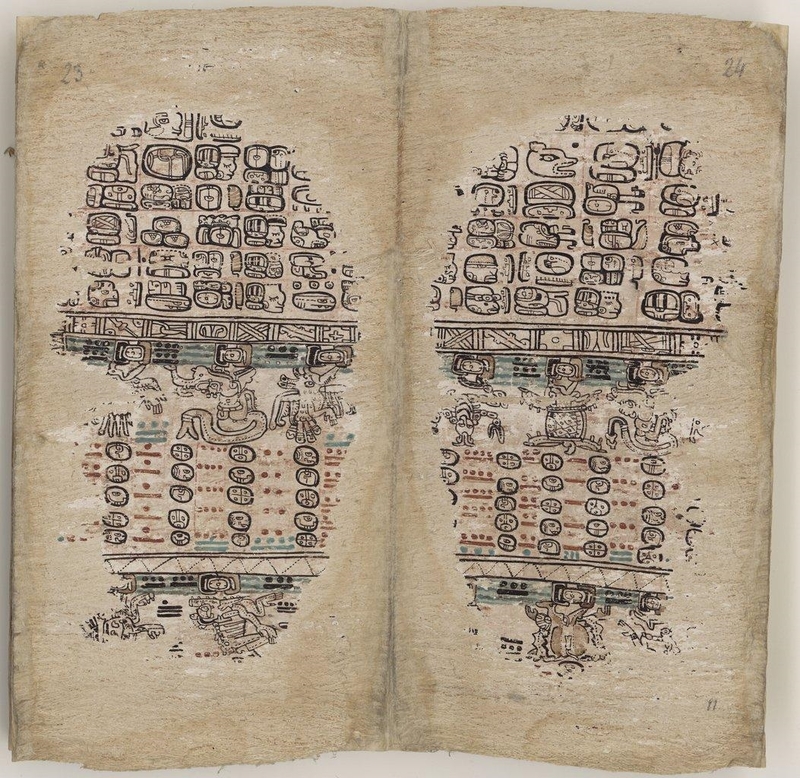Astronomy
Astronomical documentation was used by the Mayans for a variety of purposes, such as determining their calendar systems, ritual schedules, and agricultural cycles. The three main codices contain charts, tables, and diagrams of mathematics and writing relating to different celestial bodies. Images of gods and astrological beings are connected to the data by symbolizing these objects (ex. Kinich Ahau/"God G," the sun god), their cycles, or other concepts related to them.



